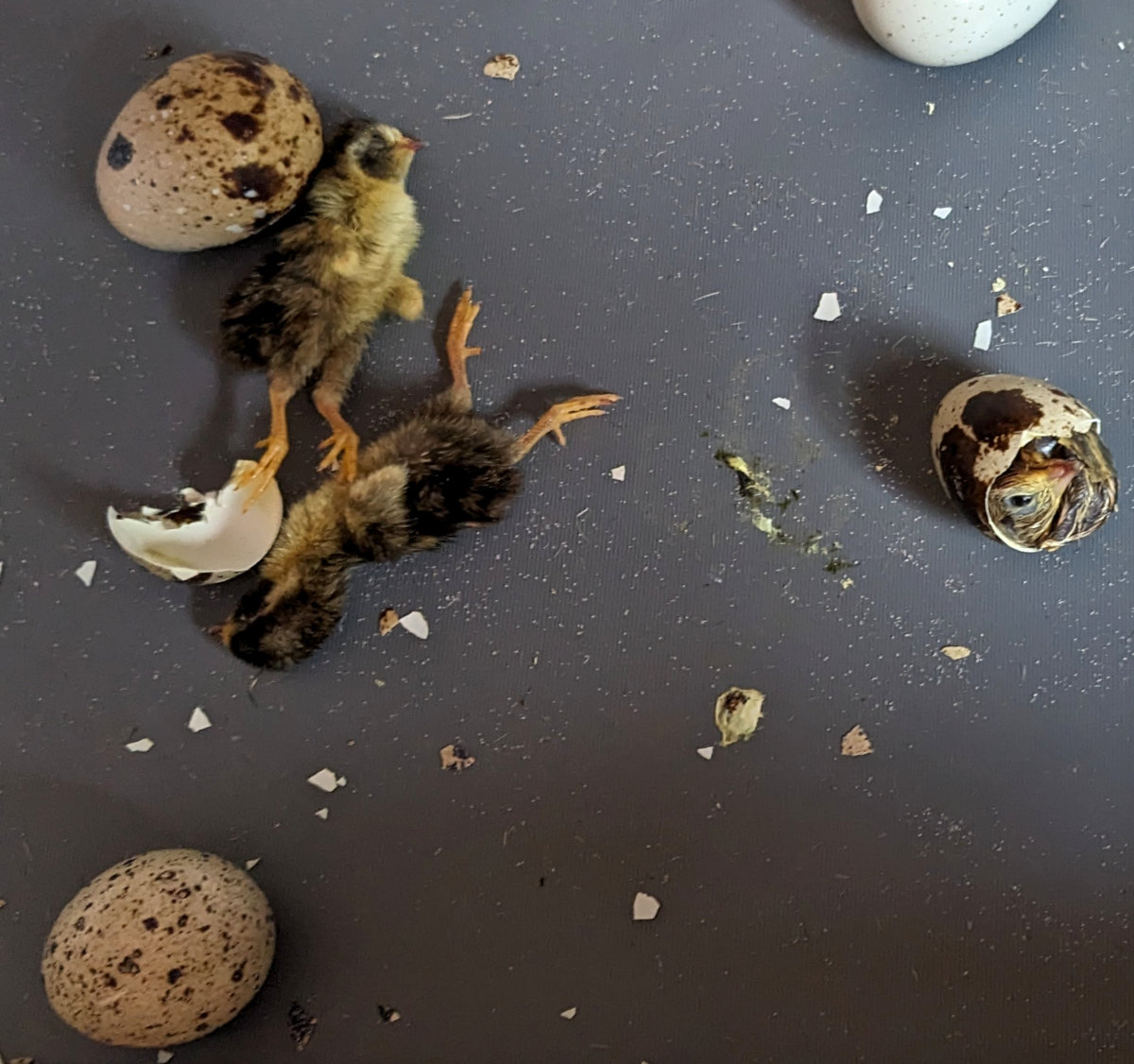How often do baby chicks die? Exploring the causes of mortality in young chickens.

My old poultry keeping mentor used to look at me over the top of his glasses and say "You have got to have livestock to get deadstock." whenever anything died. He was always very matter of fact about accepting that baby chicks just sometimes die.
Table of Contents
Common causes of baby chick deaths include improper brooding conditions, nutritional deficiencies, infectious diseases, respiratory issues, and predator attacks.
What is the survival rate of baby chicks?
My records tell me that 4.3% of my chicks die before they get to 16 weeks of age. A 5% mortality rate is considered average for the industry. I have had survival rates as high as 98% and as low as 70%
Baby chicks most commonly die in the 10 to 14 days after hatching with the mortality rate peaking on day 4 to 7.
The death rate of baby chicks can vary depending on a number of factors, including the breed of chick, the conditions in which they are raised, and the quality of care they receive.
Below: This chick is not doing well. It is laid out and struggling to get to its feet.

Baby chicks can die suddenly or fade away and become unresponsive over time.
The mortality rate of baby chicks within the first week can vary but generally ranges from 1% to 3%. Proper brooding conditions, nutrition, and proactive health management can help reduce the risk of early chick mortality.
What causes baby chicks to die?
Some of the most common causes of death in baby chicks include:
- Cold temperatures: Baby chicks cannot regulate their own body temperature, so they need to stay warm. If they get too cold, they can die.
- Getting too hot: Chicks need to be able to escape to cooler areas if the temperature goes over 40 C or 104 F.
- Poor parent stock and nutrition: If there are mineral and nutrient deficiencies in the parents, that can affect the survival of chicks.
- Genetic problems: Some chicken breeds have higher moralities and some have lethal genes.
- Incubation and Hatching Process: The incubation and hatching process is a critical phase that can impact the survival rate of baby chicks. Proper temperature, humidity, and ventilation levels during incubation are vital for healthy embryo development.
- Injury: Chicks often injure themselves trying to fly or panicking if they get trapped.
- Moist bedding: Wet bedding can lead to respiratory problems and other health issues in baby chicks.
- Inadequate food and water: Baby chicks need access to fresh food and water at all times. If they do not get enough to eat or drink, they can die.
- Disease: Baby chicks are susceptible to a number of diseases. If they are not vaccinated or treated for disease, they can die.
- Predators: Baby chicks are preyed upon by a number of animals, including rodents, snakes, and birds of prey. If they are not protected from predators, they can die.
Below: This baby chick has a defect which will kill it within a matter of hours.
Certain breeds have higher mortality rates due to genetic predispositions or specific health vulnerabilities. Researching and selecting breeds known for their robustness and disease resistance can help reduce mortality rates.
Reducing the mortality risk in baby chicks:
There are a number of things that can be done to reduce the risk of death in baby chicks, including:
- Keeping the chicks at the correct temperature: The brooder should be kept at a temperature of 95-99 degrees Fahrenheit for the first week of life, then 90-95 degrees Fahrenheit for the second week, and 85-90 degrees Fahrenheit for the third week and beyond.
- Make the brooder secure: Chicks often injure themselves or drown.
- Using clean and dry bedding: The bedding in the brooder should be kept dry and clean. I now use sand as a bedding.
- Providing fresh food and water: The chicks should have access to fresh food and water at all times.
- Vaccinating the chicks: The chicks should be vaccinated against common diseases.
- Protecting the chicks from predators: The brooder should be kept in a safe place where predators cannot reach it.
How do you dispose of dead chicks?
When it comes to disposing of dead baby chicks, there are a few options you can consider. Here are some common methods:
Remember to consider local regulations, environmental concerns, and potential bio security risks when disposing of dead chicks. It's advisable to consult with local authorities, agricultural extension services, or poultry experts for specific guidelines applicable to your area.
Laws and regulations are generally different for hobby and professional keepers or farmers.
Incineration: Burning the dead chicks in a controlled fire or incinerator is a common method of disposal. Make sure to follow any local regulations and safety guidelines for waste disposal.
Burial: Dig a hole in a suitable area away from water sources and bury the dead chicks. This method helps prevent the spread of disease and allows for natural decomposition. Ensure that the hole is deep enough to deter scavengers from digging up the remains.
Composting: If you have a composting system, you can add the dead chicks to the compost pile. However, it's important to maintain the correct temperature and balance of organic material to ensure proper decomposition.
Waste disposal services: Place in a plastic bag and dispose off in the household waste.
